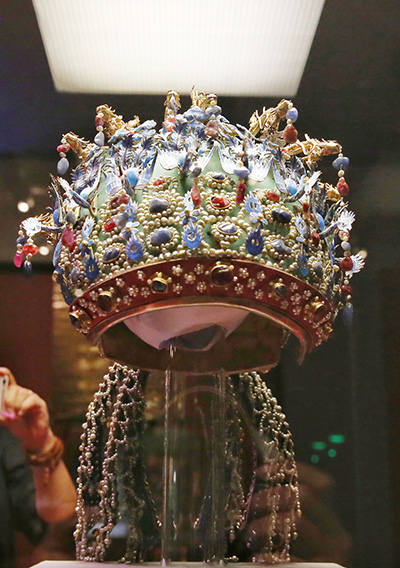 |
[Photo provided to China Daily] |
1958 Dingling Mausoleum, Ming Dynasty (1368-1644), Beijing
The first mausoleum of a Chinese emperor to be excavated in the country under an initiative led by archaeologists.
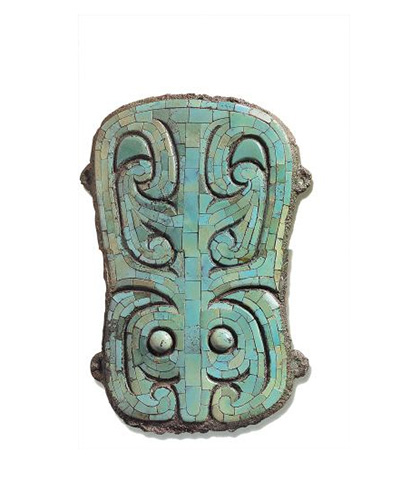 |
[Photo provided to China Daily] |
1959 Erlitou relic site, 1800-1500 BC, Yanshi, Henan province
The earliest discovery of the ruins of a Chinese capital city from a central kingdom.
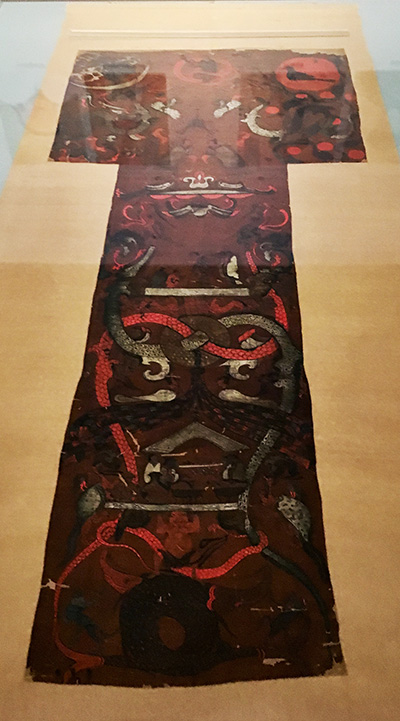 |
[Photo by Wang Kaihao/China Daily] |
1972 Mawangdui Tomb, Western Han Dynasty (206 BC-AD 24), Changsha, Hunan province
The tomb of a high-ranking official and his wife that offered up an abundance of funeral relics, including a T-shaped painting on silk, and the body of a mummified woman.
Terracotta Warriors [Photo/VCG]
1974 Terracotta Warriors, Qin Dynasty (221-206 BC), Xi'an, Shaanxi province
The "underground army" found in the mausoleum of Qinshihuang, the first Chinese emperor.
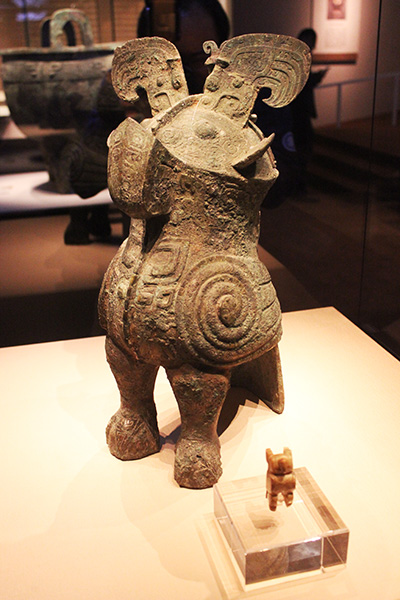 |
[Photo by Wang Kaihao/China Daily] |
1976 Fuhao Tomb in the Yinxu Ruins, Shang Dynasty (c. 16th-11th century BC), Anyang, Henan province
The only tomb of a Shang Dynasty noble to be unearthed with the remains intact, the site also yielded a large number of bronze artifacts.
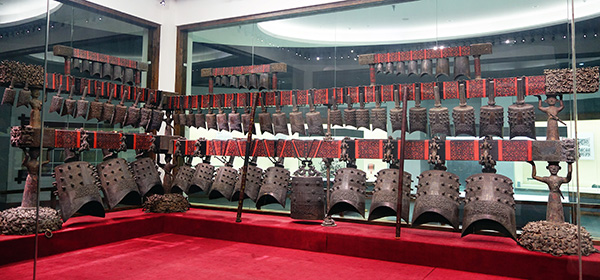 |
[Photo provided to China Daily] |
1978 Tomb of Marquis Yi of the Zeng vassal state, Warring States Period (475-221 BC), Suizhou, Hubei province
Discovery of the Zeng state, proof of which had never been found in existing historical documents, where an entire rack of exquisite bronze chime bells were unearthed.
 |
[Photo by Wang Kaihao/China Daily] |
1986 Fanshan cemetery at the Liangzhu archaeological ruins, around 3000 BC, Hangzhou, Zhejiang province
Discovery of more than 1,000 jade ritual pieces, including the famous "King of Cong".
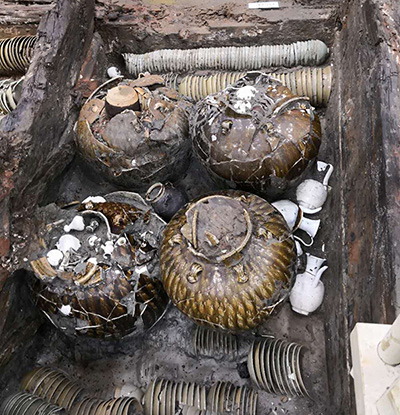 |
[Photo provided to China Daily] |
1987 Shipwreck of Nanhai One, Southern Song Dynasty (1127-1279), Yangjiang, Guangdong province
The site where a heavily-loaded ancient merchant ship sank was the first major underwater archaeological discovery made within Chinese waters.
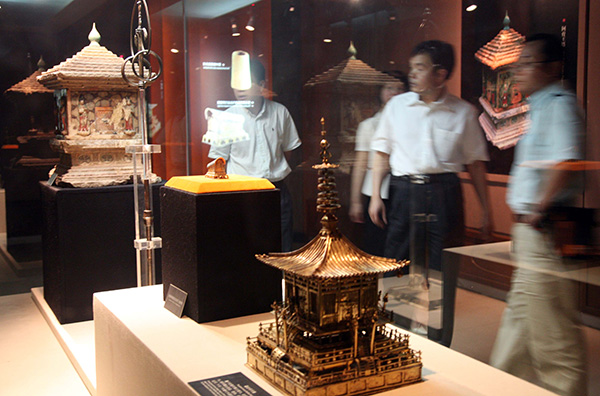 |
[Photo provided to China Daily] |
1987 cellar of Famensi Buddhist Temple, Tang Dynasty (618-907), Baoji, Shaanxi province
Discovery of a treasure trove of Buddhist relics in the largest cellar of a Buddhist temple ever found in China.
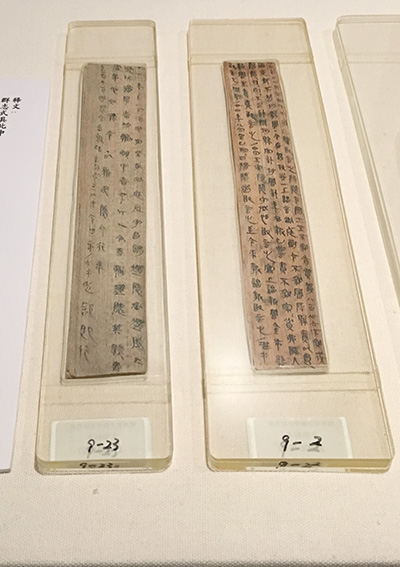 |
[Photo by Wang Kaihao/China Daily] |
2002 Liye bamboo slips, Qin Dynasty, Xiangxi, Hunan province
The discovery of 36,000 wood and bamboo slips, on which more than 200,000 Chinese characters recorded the governing state secrets of Qin Shihuang (259 – 210 BC).
 |
[Photo provided to China Daily] |
2012 Shimao relic site, around 2000 BC, Shenmu, Shaanxi province
The largest prehistoric city ruins ever found in China was discovered in Shenmu county and dates back to the end of the Longshan period.
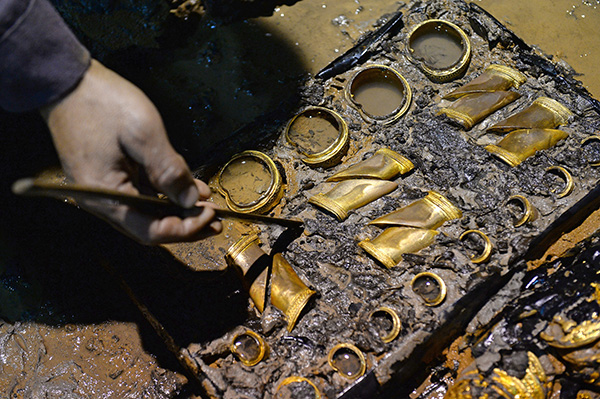 |
[Photo provided to China Daily] |
2015 Tomb of Marquis Haihun, Western Han Dynasty, Nanchang, Jiangxi province
A fruitful discovery of more than 10,000 cultural relics, including gold ingots, coins, documents, and handicrafts related to one of the shortest reigning monarchs in Chinese history.